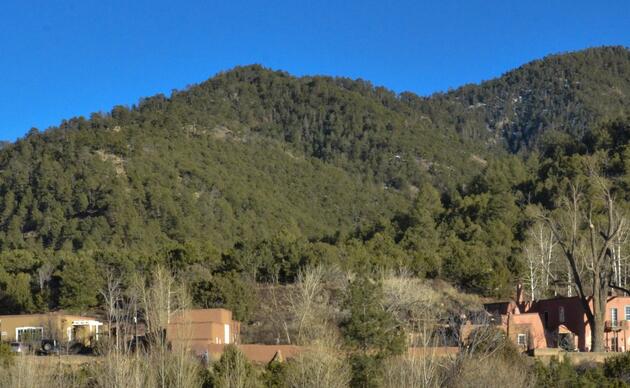For many who enjoy the great outdoors in Arizona, autumn can be a bittersweet season. Temperatures finally begin to drop, but the productivity brought on by the summer’s monsoon storms begins to fade. Birds like the Western Yellow-billed Cuckoo leave for their homes to the south, but they are quickly replaced with wintering shorebirds, waterfowl, and others. While a lot may be changing with the seasons in Arizona, two things remain constant – Arizona still faces the risk of a shortage at Lake Mead, and the state’s rivers, birds, and communities are depending on us to take action.
We now have a 57% likelihood that in 2020 Lake Mead will drop below 1,075 feet, the level at which a Tier-1 shortage is declared and Arizona begins to face reductions in our Colorado River water allocations. A shortage may be imminent, but a catastrophic one is not. Hope stems from progress toward a Lower Basin Drought Contingency Plan (LBDCP), a proposed agreement among Arizona, California, and Nevada to leave more water in Lake Mead and reduce the likelihood of the system crashing. However, Arizona’s ability to participate in the plan is not guaranteed. It is contingent on whether or not we are able to reach the in-state agreements necessary to reduce our Colorado River water usage in a way that is palatable to water users and the state legislature(the legislature will eventually have to authorize our signing of the LBDCP). Check out our most recent WRAN webinar to learn more about the details behind the efforts underway to have a plan ready for approval by the end of the year.
With Lake Mead dominating the water conversation, you may be wondering what it all has to do with rivers other than the Colorado, rivers like the San Pedro and Verde that support incredible habitat for birds and other wildlife. For the answer, imagine a situation of extended drought during which Arizonans face big reductions in their Colorado River water allocations. Water users would begin to seek new sources of water, and water resources like groundwater, along with existing regulations that promote sustainable water planning, may come under increased scrutiny and pressure. In the struggle to secure reliable water supplies during such dire conditions, it is very likely that rivers and birds would not come out on top.
As Arizona’s top water officials continue to work toward a plan to reduce our Colorado River water use, it is critical that Western Rivers Action Network members remain engaged in the process to ensure that the health of our rivers does not get lost in the conversation. For now, you can keep track of opportunities to attend public committee meetings at our WRAN Events page. Once a plan is developed and the Arizona Legislature is in session, we will be calling on you to educate your representatives about the LBDCP. And as always, there may be other important water policy issues that come up, and we will need your voice. Thank you for your engagement.
Temperatures may finally be dropping, but the risk of a shortage at Lake Mead and the need for the Lower Basin Drought Contingency Plan are not going anywhere. Thank you as always for standing up for Western Rivers, and stay tuned for additional opportunities to take action!
Join the Network | Take Action | Events and Webinars | Water in the News | Follow us on Facebook | Donate | Storymaps | Landowner Guides

By Steven Prager
Randall Davey Audubon Center and Sanctuary
Visit the Randall Davey Audubon Center and Sanctuary in Santa Fe, New Mexico.



